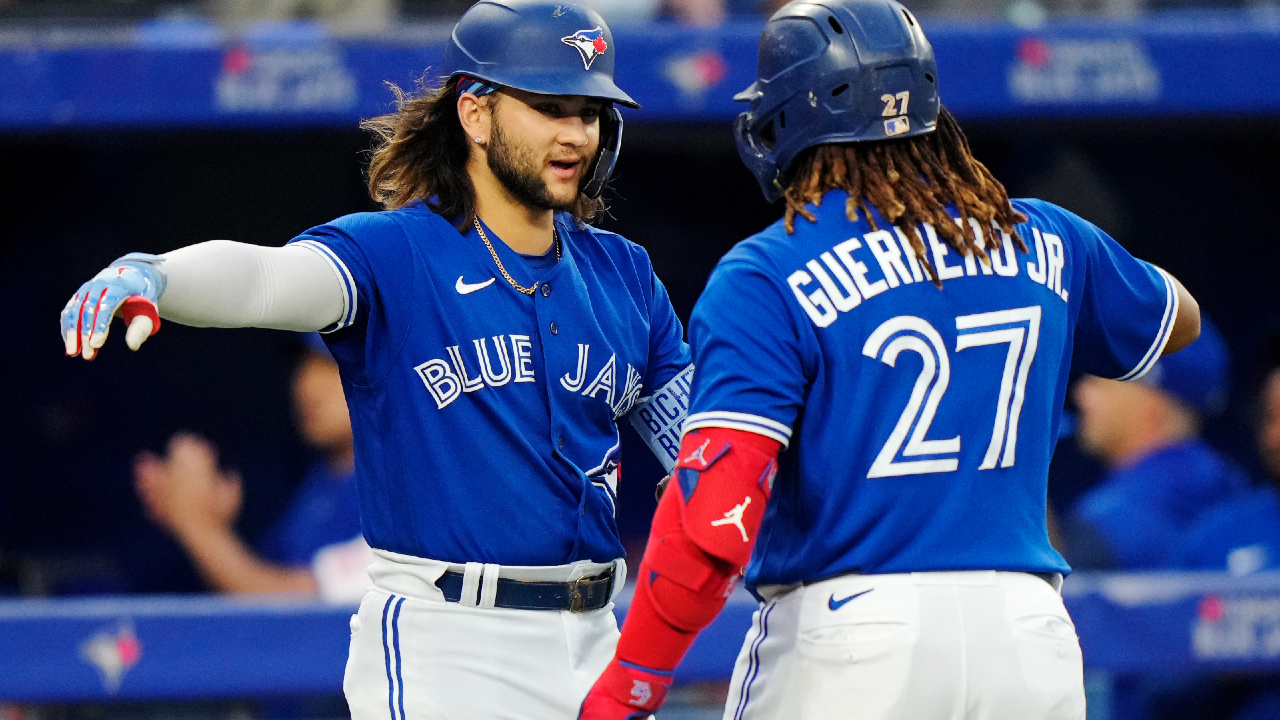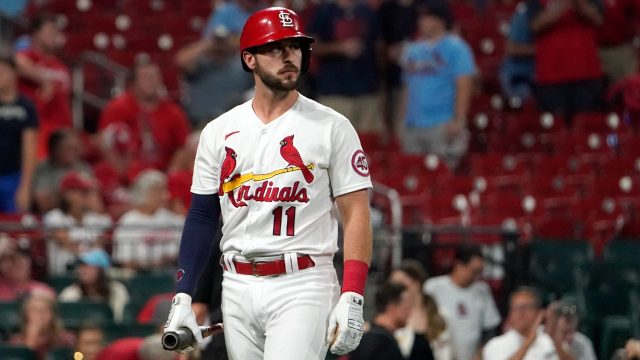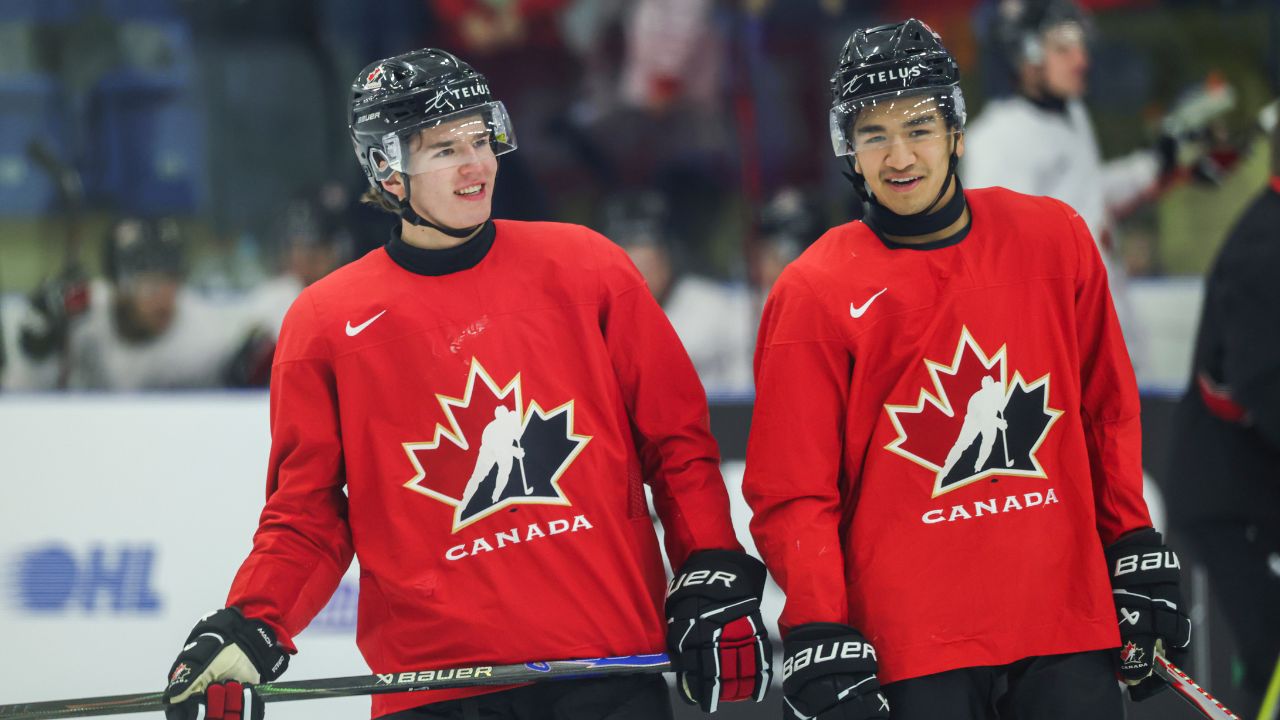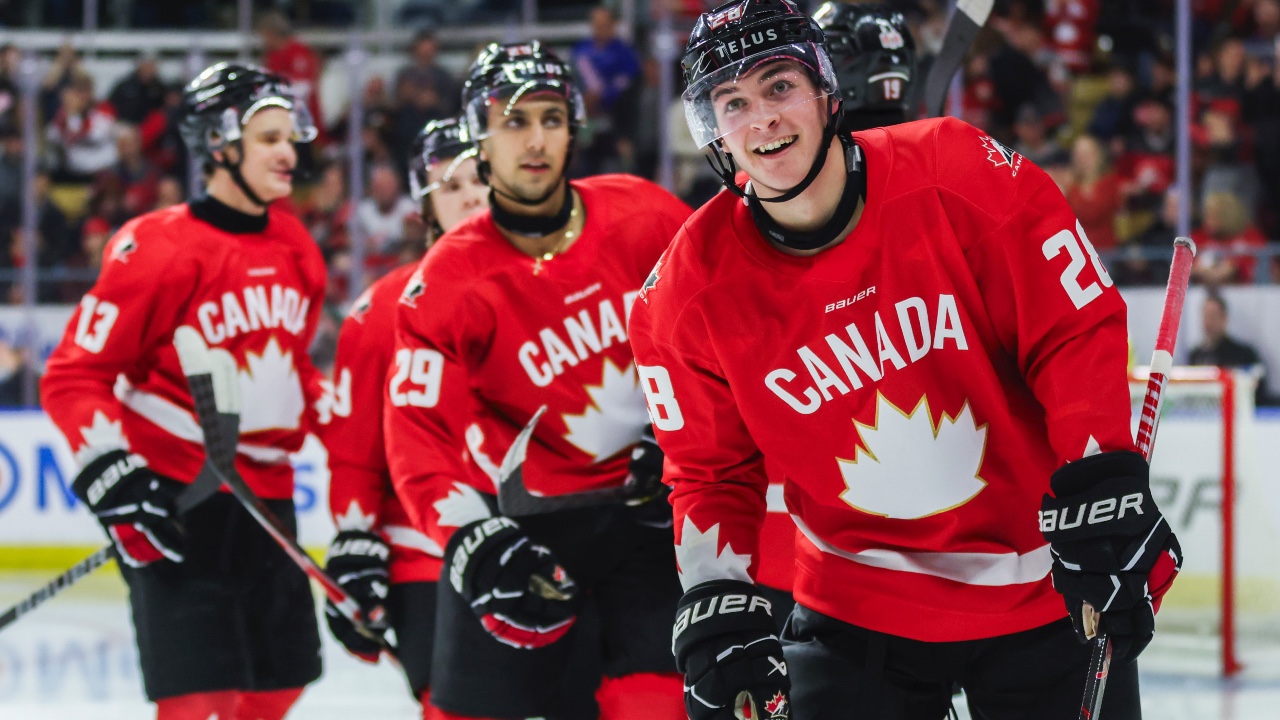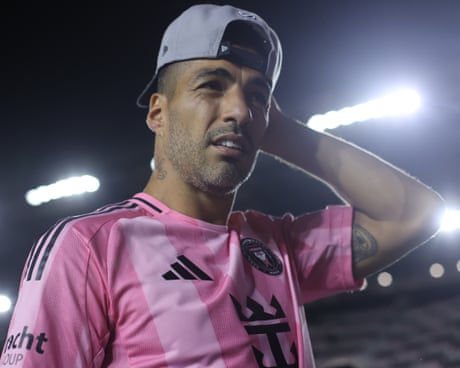
It’s not enough to simply get better. At the MLB trade deadline, teams must get more better than their opponents did. You don’t have to outrun the bear or your friend; you have to outrun the bear that just got new shoes and some pre-workout.
For the teams engaging in a deep, difficult American League playoff race, the final third of the season will be played in a permanent haze of urgency. That didn’t materialize in a high-end deadline, especially on the position player side. Let’s take a look around the AL.
Tampa Bay Rays (96.6% playoff odds, per Fangraphs, entering Aug. 1)
Ever-tinkering, the Rays made four trades, only one of which has an impact on the playoff race. In acquiring Aaron Civale from the Guardians, they address a major question mark in their rotation that’s arisen due to injuries and up-and-down play of prospect Taj Bradley. Civale is a solid mid-rotation arm with years of control, saving the Rays from themselves to a degree with the carousel of bulk bullpen arms light on swing-and-miss.
Civale isn’t a gamebreaker, but he shores up a team that most models see as the class of the AL East, on paper. With that said, it was a bit of a surprise to see the Rays punt on improving what’s been an ice-cold offence for over a month, adding only some fringey triple-A depth at a catcher position that could have used reinforcing.
Baltimore Orioles (90.5%)
There was no more obvious fit than a starter in Baltimore. As a pure rental with a relatively modest cost, Jack Flaherty fits the Orioles’ ethos of flexibility and patience, even if he’s not a headline grabber. Does another 4-ish ERA, third-starter type move the needle? It at least lets the Orioles be patient with the finding-himself Tyler Wells and eases concerns about innings loads for a number of key starters, including their highest-upside arm in Grayson Rodriguez.
Adding Flaherty and Shintaro Fujinami (previously with the Oakland A’s) for their Nos. 14, 16, and 30 prospects is fine value. It still leaves the Orioles at an on-paper rotation disadvantage in many potential playoff series, with some real defensive shortcomings behind that group.
Houston Astros (85%)
Entering the deadline with the fewest true holes on paper – maybe they could have used a left-handed hitter for balance – the Astros were able to just aim for the highest-impact player they could find. Justin Verlander cost them two of their three best prospects, which is an enormous cost even with the New York Mets picking up a large portion of the tab on Verlander’s deal.
Even with some concern that Verlander’s 3.15 ERA comes with his lowest strikeout and swinging-strike rates since 2015, he unquestionably fortifies the front of Houston’s rotation, opening up options to move a younger, fringier starter to a bullpen that also added Kendall Graveman from the Chicago White Sox.
Texas Rangers (75.2%)
The Mets sure had a hand in the shape of the AL West to come. Before dealing Verlander to Houston, they ate a ton of money in sending Max Scherzer to the Rangers, paying extra to receive Texas’s No. 2 prospect (Luisangel Acuna). Scherzer isn’t coming alone, either; the Rangers also added left-handed starter Jordan Montgomery, right-handed reliever Chris Stratton, and a piece of Jonah Heim insurance in Austin Hedges.
Texas remains one of the worst baserunning teams in the league, and Stratton alone won’t fix a bullpen that’s been bottom-five in high-leverage situations. Your rotation pieces going deeper – and Dane Dunning moving to a length role in the ‘pen – will have to have a trickle-down there.
Minnesota Twins (72.0%)
Other than a challenge trade to turn right-hander Jorge Lopez into fellow righty Dylan Floro, the Twins held pat. That could be a vote of no-confidence in the rest of the AL Central, or … well, I’m not sure what else it would mean. As it stands, Minnesota will be Toronto’s biggest competition bidding for lefty-hitting bats on the waiver pile.
Toronto Blue Jays (70.8%)
The trio of Cardinals unquestionably make the Jays a better team. Jordan Hicks was arguably the best reliver acquired by an AL team and shortstop Paul DeJong fits a need regardless of Bo Bichette’s health.
Still, on a deadline where so few bats moved, the inability to add offence feels bigger for Toronto than it does for some others.
Boston Red Sox (24.2%) and New York Yankees (22.4%)
The Yankees picked up Keynan Middleton for their bullpen, while the Red Sox added Luis Urias to their infield. Both remain threats for a wild-card spot – the Red Sox on an upward swing fueled by Triston Casas’s breakout and the Yankees hanging on by force of inertia – but it’s clear neither front office felt their team was worth becoming over-leveraged to support.
Los Angeles Angels (16.9%)
The Angels keep trying to add, layering names like Randal Grichuk and CJ Cron on top of earlier additions Eduardo Escobar and Mike Moustakas. They also bulked up the bullpen with Reynaldo Lopez and Dominic Leone, and added one of the best starters moved in Lucas Giolito. They also have an injured list a mile long, headlined by Mike Trout, with return timelines still very unclear.
Is this enough support around Shohei Ohtani to erase a three-game hole and jump several teams in the process? It’s asking a lot. With the exception of Giolito, these were all the type of floor-raising moves that should be in place before an all-in, must-win season; they’re not the type to launch you to a 100-win pace over the final 55 games. Ohtani is Ohtani, though, so never say never.
The Rest
The Cleveland Guardians and Seattle Mariners declined to improve their teams meaningfully for this year. That’s justifiable with limited playoff odds, and both teams made deals that should strengthen them in the not-too-distant future. (the Mariners holding onto Teoscar Hernandez was a bit of a head-scratcher.) Teams bowing out of the back end of the wild-card race is a rear-view matter for Toronto, but it does make a soft part of the schedule coming in late August even softer.


